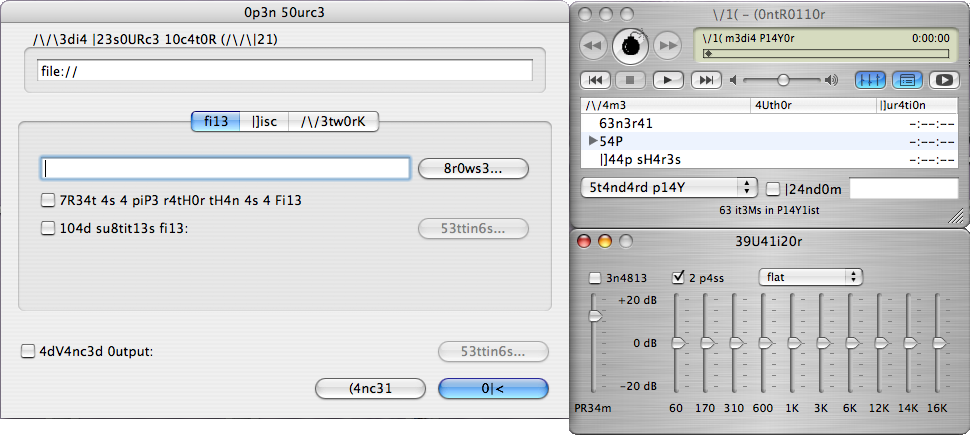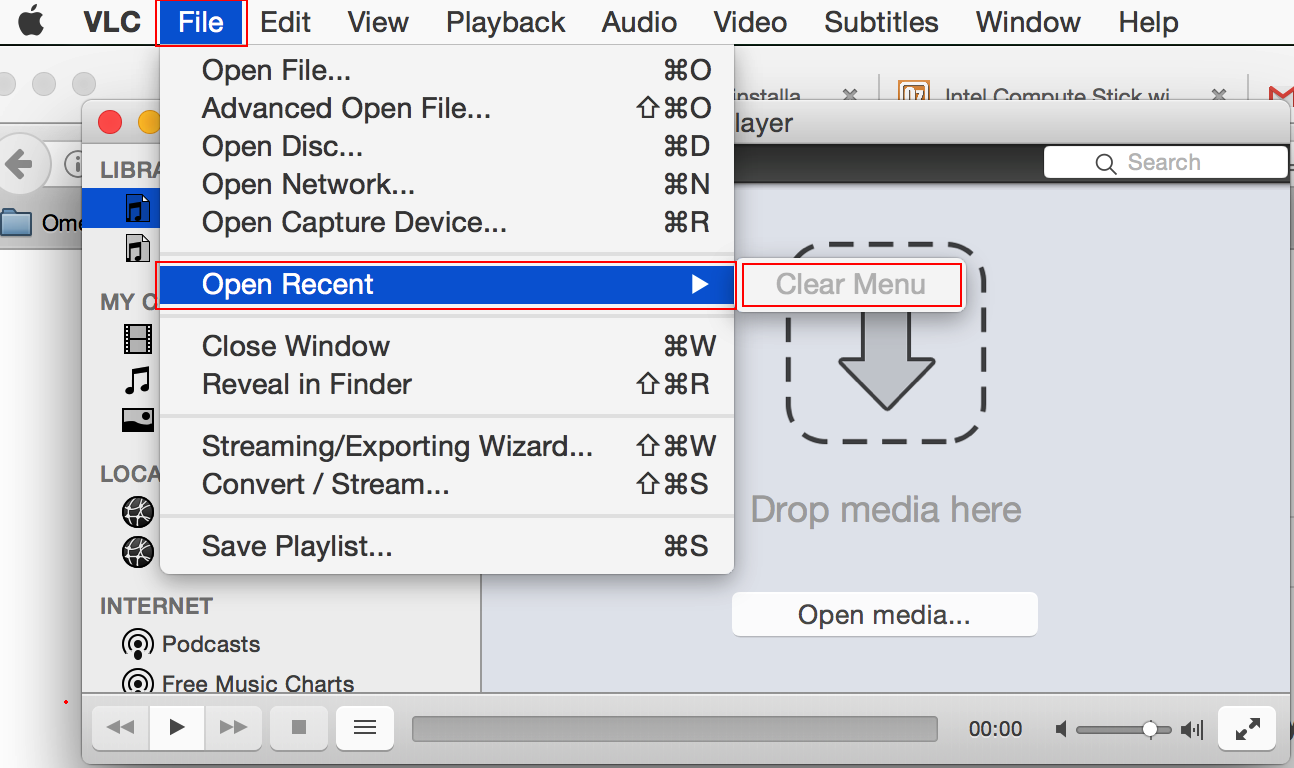
The result can appear jagged due to aliasing. $ ln -s /usr/share/fontconfig/conf.avail/nf $XDG_CONFIG_HOME/fontconfig/conf.dįont rasterization converts vector font data to bitmap data so that it can be displayed. $ mkdir $XDG_CONFIG_HOME/fontconfig/conf.d To do the same but instead for a per-user configuration: # ln -s /usr/share/fontconfig/conf.avail/nf These presets will override matching settings in their respective configuration files.įor example, to enable sub-pixel RGB rendering globally: They can be enabled by creating symbolic links to them, both per-user and globally, as described in /etc/fonts/conf.d/README. There are presets installed in the directory /usr/share/fontconfig/conf.avail. The configuration examples in this article omit these tags. Also ensure that the desktop locale settings or Regional Settings are supported by the configured fonts, if not the font configuration could be overidden.įontconfig configuration files use XML format and need these headers: For these desktop environments, it is best to match your already defined font configurations to get the expected behavior. Note: For some desktop environments (such as GNOME and KDE) using the Font Control Panel will automatically create or overwrite the user font configuration file. fc-cache can be used to rebuild fontconfig's configuration, although changes will only be visible in newly launched applications. This file is a conglomeration of rules from the global configuration ( /etc/fonts/nf), the configured presets in /etc/fonts/conf.d/, and the user configuration file ( $XDG_CONFIG_HOME/fontconfig/nf). Fontconfig-aware applications source this file to know available fonts and how they get rendered simply restarting such applications is sufficient to load the new configuration. This file is replaced during fontconfig updates and should not be edited. If using the second location, make sure the naming is valid (where NN is a two digit number like 00, 10, or 99).įontconfig gathers all its configurations in a central file ( /etc/fonts/nf). New paths are $XDG_CONFIG_HOME/fontconfig/nf, $XDG_CONFIG_HOME/fontconfig/conf.d/nf and $XDG_CACHE_HOME/fontconfig/*.cache-* respectively.
#Disable font cache vlc for mac how to#
Check the #Presets section to know how to enable these presets. The nf preset need to be enabled to make the user configuration take effect, and the nf preset is for the global configuration.The settings in the per-user configuration have precedence over the global configuration. To see a list of known Xorg fonts use xlsfonts, from the xorg-xlsfonts package.įontconfig is documented in the fonts-conf(5) man page.Ĭonfiguration can be done per-user through $XDG_CONFIG_HOME/fontconfig/nf (usually $HOME/.config/fontconfig/nf), and globally with /etc/fonts/nf. Xset -fp /usr/share/fonts/sucky_fonts/ # Remove the specified font path from Xorg's list of known font paths Xset +fp /usr/share/fonts/local/ # Prepend a custom font path to Xorg's list of known font paths

If you want font paths to be set on a per-user basis, you can add and remove font paths from the default by adding the following line(s) to ~/.xinitrc:
#Disable font cache vlc for mac full#
To add a path, the full path must be used:įor more details about Xorg configuration read, Xorg#Configuration. Keep in mind that Xorg does not search recursively through the /usr/share/fonts/ directory like Fontconfig does.

$ grep /fonts ~/.local/share/xorg/Xorg.0.log For ease of organization and installation, it is recommended to use these font paths when adding fonts.Ĭheck for Xorg's known font paths by reviewing its log: Fontconfig will scan these directories recursively. The font paths initially known to Fontconfig are: /usr/share/fonts/, ~/.local/share/fonts (and ~/.fonts/, now deprecated).

2.8 Whitelisting and blacklisting fonts.2.6 Custom settings for certain fonts or font styles.2.5.2 Advanced LCD filter specification.


 0 kommentar(er)
0 kommentar(er)
